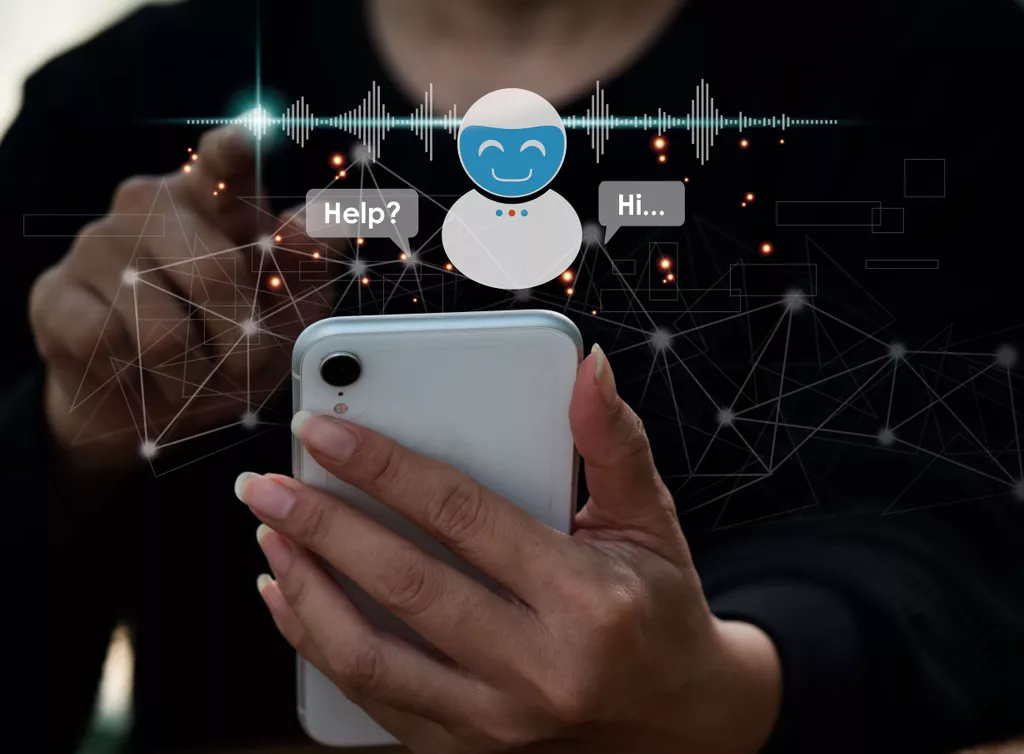
Additional analysis is especially useful when a domain specialist feels unsure about a particular image segmentation result. This neural network model is flexible, adjustable, and provides better performance when compared to similar solutions. However, Mask R-CNN struggles with real-time processing, as this neural network is quite heavy and the mask layers add a bit of performance overhead, especially compared to Faster R-CNN. CNNs are widely used for implementing AI in image processing and solving such problems as signal processing, image classification, and image recognition. There are numerous types of CNN architectures such as AlexNet, ZFNet, Faster R-CNN, and GoogLeNet/Inception. This toolbox can be used for noise reduction, image enhancement, image segmentation, 3D image processing, and other tasks.
What is the most popular AI image generator?
Best AI image generator overall
Bing's Image Creator is powered by a more advanced version of the DALL-E, and produces the same (if not higher) quality results just as quickly. Like DALL-E, it is free to use. All you need to do to access the image generator is visit the website and sign in with a Microsoft account.
Current and future applications of image recognition include smart photo libraries, targeted advertising, interactive media, accessibility for the visually impaired and enhanced research capabilities. Then, a Decoder model is a second neural network that can use these parameters to ‘regenerate’ a 3D car. The fascinating thing is that just like with the human faces above, it can create different combinations of cars it has seen making it seem creative. First, a neural network is formed on an Encoder model, which ‘compresses’ the 3Ddata of the cars into a structured set of numerical latent parameters.
Small Business Ideas to Start in 2023
Unlike financial data, for example, data generated by engineers reflect an underlying truth – that of physics, as first described by Newton, Bernoulli, Fourier or Laplace. Techopedia™ is your go-to tech source for professional IT insight and inspiration. We aim to be a site that isn’t trying to be the first to break news stories,
but instead help you better understand technology and — we hope — make better decisions as a result.
When all the data has been analyzed and gathered in a feature map, an activation layer is applied. This one is meant to simplify the results, allowing the algorithm to process them more rapidly. Image Recognition is an Artificial Intelligence task meant to analyze an image and classify the items in their various categories. Programming item recognition using this method can be done fairly easily and rapidly.
Image recognition in practice
This will create a sort of data library that will then be used by the Neural Network to distinguish the various objects. It works with a set of various algorithms also inspired by the way the brain metadialog.com functions. If we want the image recognition model to analyze and categorize different races of dogs, the model will need to have a database of the various races in order to recognize them.

As soon as the best-performing model has been compiled, the administrator is notified. Together with this model, a number of metrics are presented that reflect the accuracy and overall quality of the constructed model. From 1999 onwards, more and more researchers started to abandon the path that Marr had taken with his research and the attempts to reconstruct objects using 3D models were discontinued. Efforts began to be directed towards feature-based object recognition, a kind of image recognition. The work of David Lowe “Object Recognition from Local Scale-Invariant Features” was an important indicator of this shift. The paper describes a visual image recognition system that uses features that are immutable from rotation, location and illumination.
Step 2: Preparation of Labeled Images to Train the Model
Feature maps from the convolutional layer are down sampled to a size determined by the size of the pooling kernel and the size of the pooling kernel’s stride. An activation function is then applied to the resulting image, and a bias is finally added to the output of the activation function. 3.9 illustrates an example max-pooling operation of applying a 2×2 kernel to a 4×4 image with a stride of 2 in both directions. In the image recognition and classification, the first step is to discretize the image into pixels. Let us start with a simple example and discretize a plus sign image into 7 by 7 pixels. Black pixels can be represented by 1 and white pixels by zero (Fig. 6.22).
Which AI algorithm is best for image recognition?
Due to their unique work principle, convolutional neural networks (CNN) yield the best results with deep learning image recognition.
MarTech Series (MTS) is a business publication dedicated to helping marketers get more from marketing technology through in-depth journalism, expert author blogs and research reports. For more information about the processing of your personal data please check our Privacy Policy. Through many of the tools and concepts covered above, from AI to OCR to hyperautomation, digital technology promises to radically transform the way we live and work. This revolution, however, is not focused on machinery but digital technology.
Children’s Medical Research Institute Drives Progress with Oracle AI
As a result, the network propagates context information to higher-resolution layers, thus creating a more or less symmetric expansive path to its contracting part. Some also use image recognition to ensure that only authorized personnel has access to certain areas within banks. In the financial sector, banks are increasingly using image recognition to verify the identities of their customers, such as at ATMs for cash withdrawals or bank transfers. Before we wrap up, let’s have a look at how image recognition is put into practice.
This can be especially useful for applications such as facial recognition, where small changes in a person’s appearance can make a big difference in the accuracy of the recognition. The main advantage of using stable diffusion AI in image recognition is that it is more reliable than traditional methods. Traditional methods rely on manually labeling images, which can be time-consuming and prone to errors. Stable diffusion AI, on the other hand, can be used to automatically label images, which can significantly reduce the amount of time and effort required. Considering that Image Detection, Recognition, and Classification technologies are only in their early stages, we can expect great things are happening in the near future.
Training deep learning models (such as neural networks)
Before starting with this blog, first have a basic introduction to CNN to brush up on your skills. The visual performance of Humans is much better than that of computers, probably because of superior high-level image understanding, contextual knowledge, and massively parallel processing. But human capabilities deteriorate drastically after an extended period of surveillance, also certain working environments are either inaccessible or too hazardous for human beings. So for these reasons, automatic recognition systems are developed for various applications. Driven by advances in computing capability and image processing technology, computer mimicry of human vision has recently gained ground in a number of practical applications.
How is AI used in visual perception?
It is also often referred to as computer vision. Visual-AI enables machines not just to see, but to also understand and derive meaning behind images and video in accordance with the applied algorithm.
ความเห็นล่าสุด